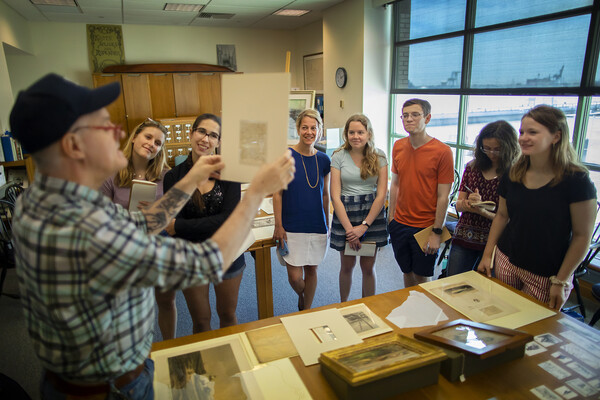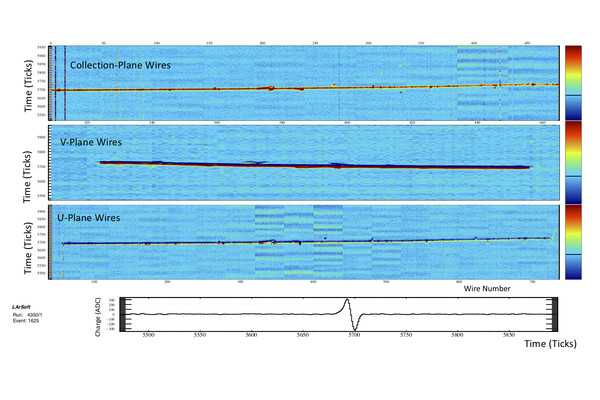
The first particle tracks recorded by the ProtoDUNE detector at CERN usher in a new phase of investigation into neutrinos, the most abundant particles of mass in the universe. (Image: DUNE collaboration)

The first particle tracks recorded by the ProtoDUNE detector at CERN usher in a new phase of investigation into neutrinos, the most abundant particles of mass in the universe. (Image: DUNE collaboration)
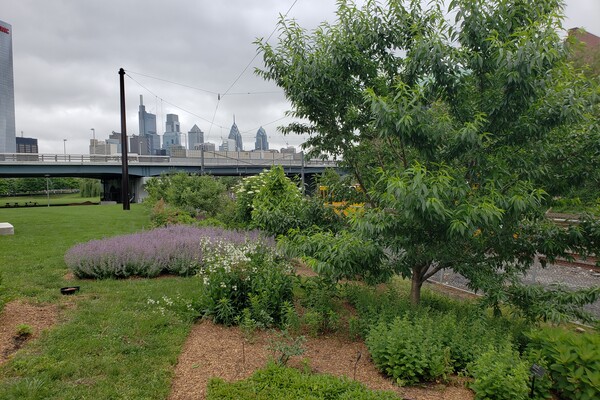
The Penn Park Orchard, located at the southeastern edge of campus, is home to fruit trees, herbs, perennial flowers, and more. Planting events set for this fall will expand the orchard's boundaries. (Photo: Cole Jadrosich/FRES)
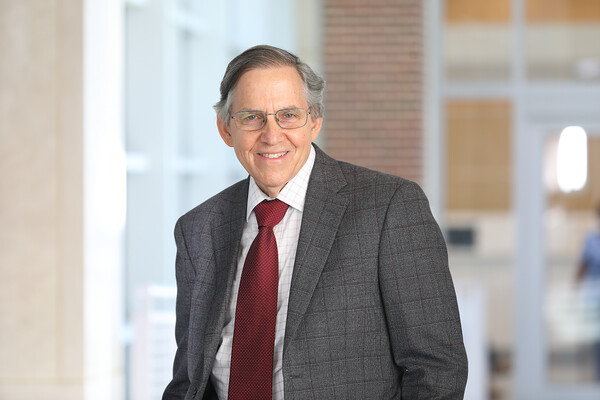
Robert Ricciardi
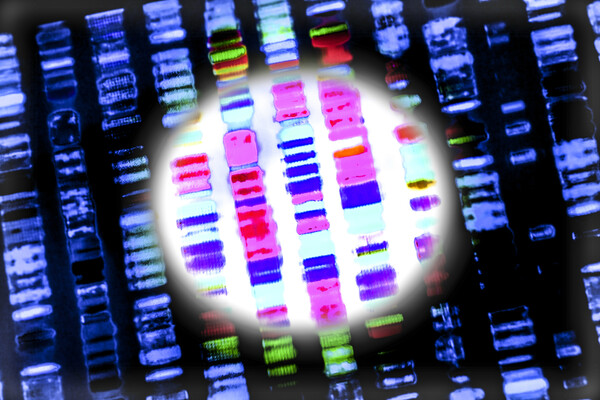
The new Center for Sub-Cellular Genomics will be at the forefront of new technologies for studying the dynamics of genomic interactions within a single cell.
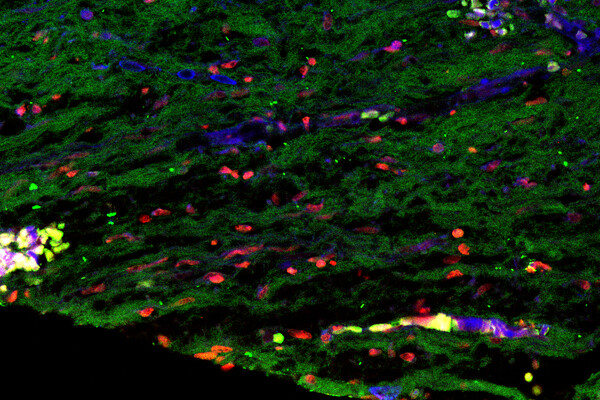
Stem cells extracted from baby teeth were able to regenerate dental pulp (above, with fluorescent labeling) in young patients who had injured one of their adult teeth.
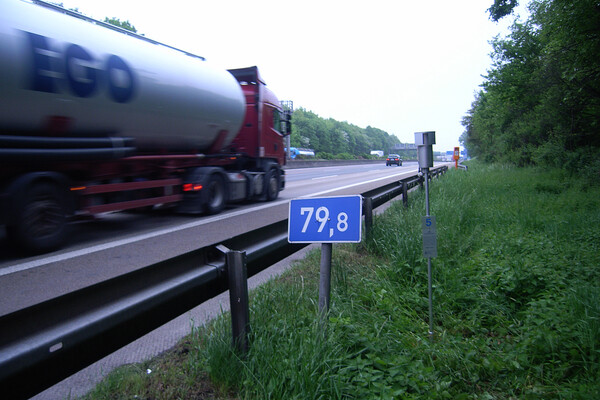
Sampling containers collected airborne particles from the sides of highways in Germany as part of a study led by Penn’s Reto Gieré. The findings suggest that tire wear is a major contributor to roadside pollution. (Photo: Federal Highway Research Institute)

On three Saturday evenings in September, Jacob Rivkin, an artist-in-residence with the Penn Program in Environmental Humanities, will be floating on the Schuylkill River, displaying hand-drawn animations on a screen suspended between two canoes. His work reflects past and present narratives about the waterway. (Photo: Aidan Un)

In a rigorous attempt to address the “replication crisis” in the social sciences, a multi-institutional team found that many key findings failed to reproduce with the same significance seen in the original studies.
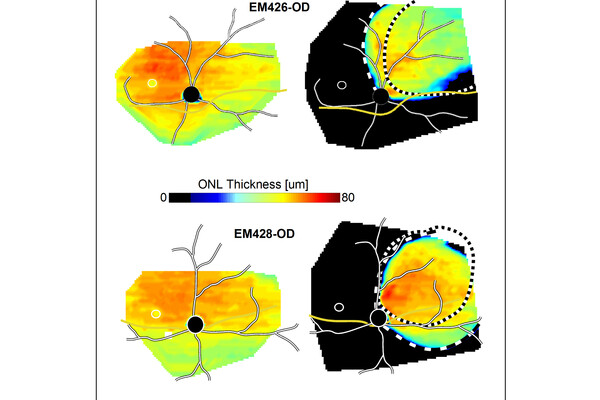
Maps reflecting the thickness of a key layer of the retina show how a gene therapy treatment (right panels) protected against severe retinal degeneration.
